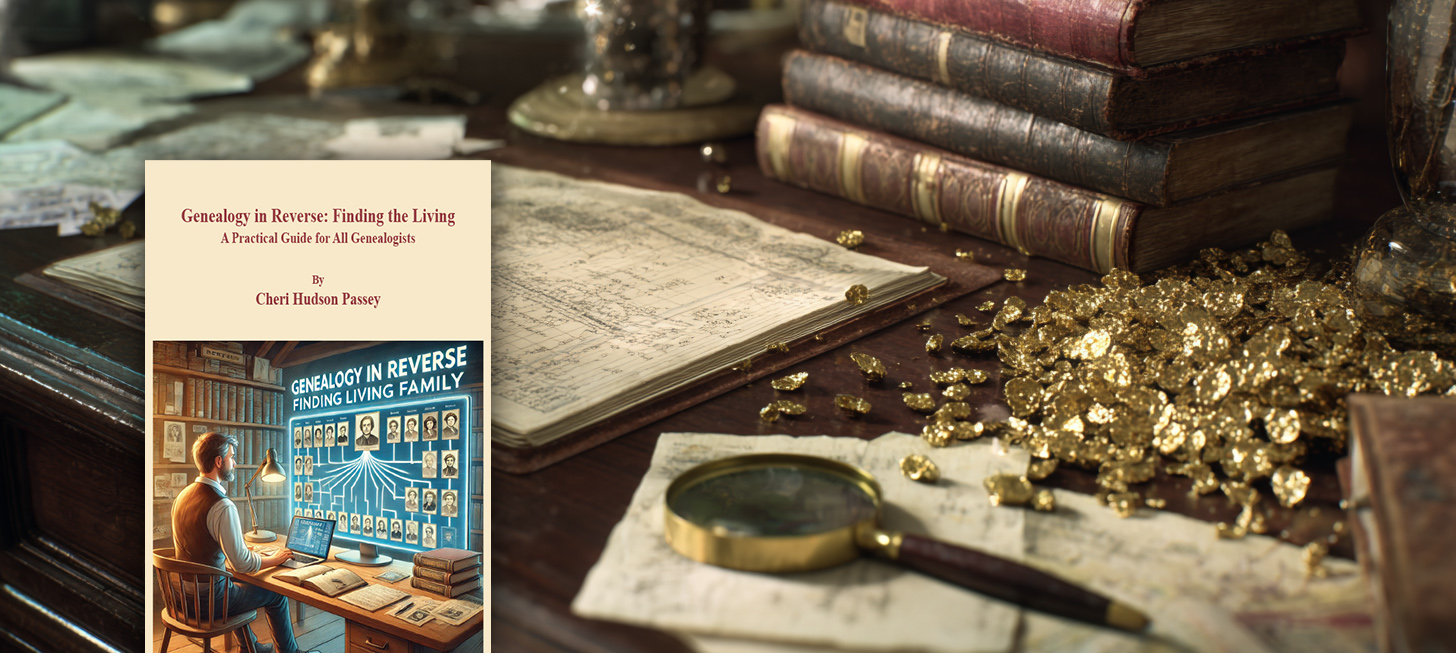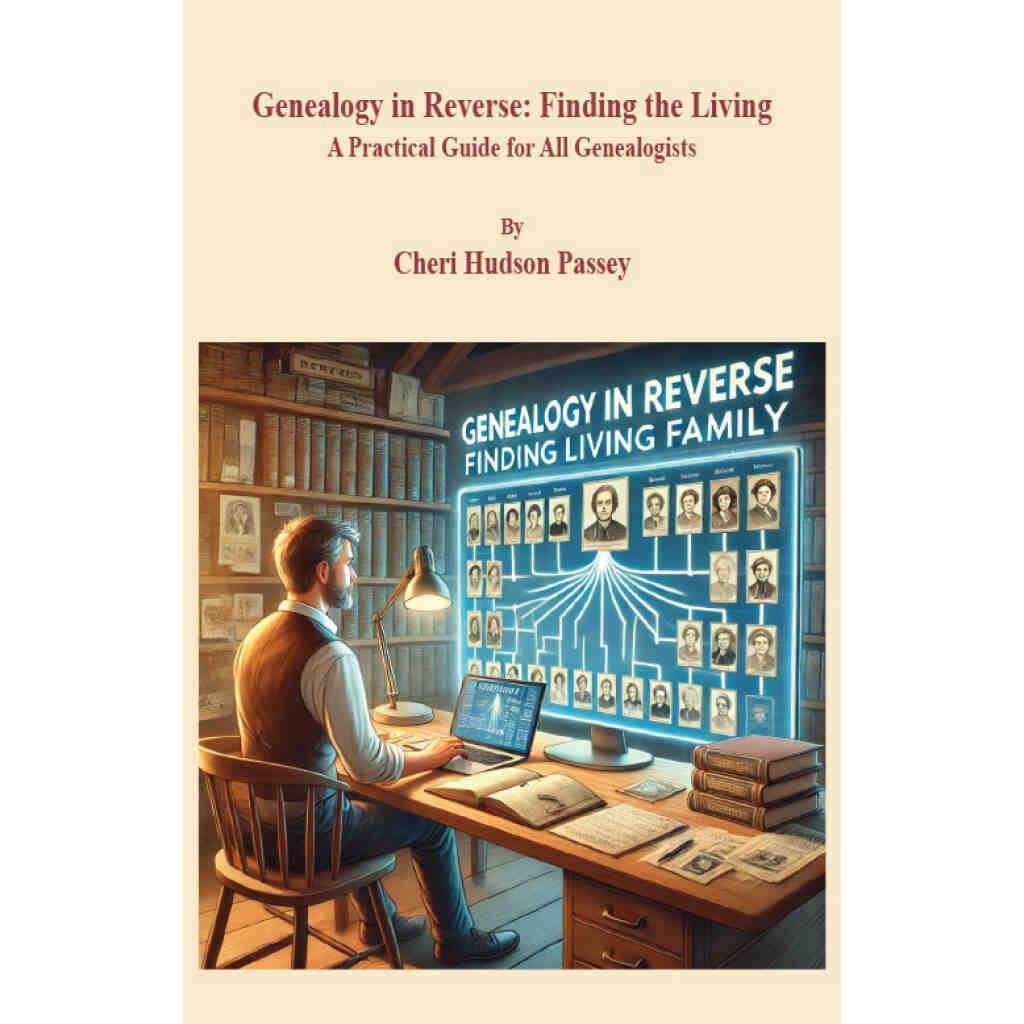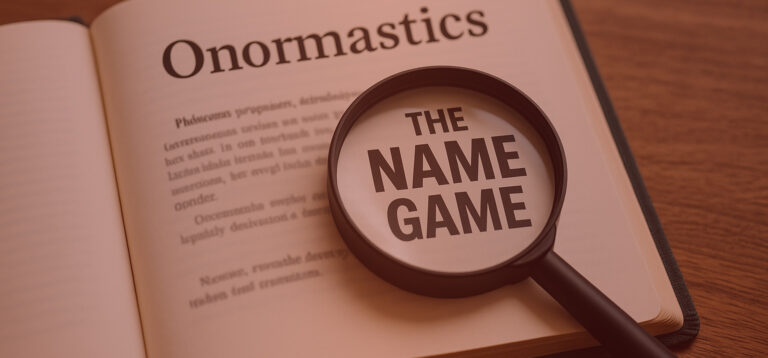
Genealogy in Reverse Exposes New Vein of Research Gold
As the title Genealogy in Reverse. Finding the Living: A Practical Guide for All Genealogists implies, Cheri Hudson Passey’s overriding purpose in writing her new book is to help genealogists find their ancestors. What’s different about her approach is the emphasis she places on finding and contacting living relatives to fill in the gaps.
A professional genealogist in her own right, Ms. Passey recognizes that “genealogy in reverse” must be built on a solid foundation of ancestral research, the subject of the book’s first chapter. The balance of her book addresses various tools and methods for contacting the living. (See the Table of Contents below)
- About the Author 7
- Preface 9
- Methodology 10
- Chapter 1: Building a Solid Foundation 11
- Chapter 2: Looking for Clues in Records 21
- Chapter 3: Researching Online 27
- Chapter 4: Researching on Location 36
- Chapter 5: People Finders and Social Media 39
- Chapter 6: Reaching Out to Family 43
- Chapter 7: A Word About DNA 45
- Chapter 8: Working Through a Soldier Repatriation Case:
- Steps for Finding Living Family 49
- Conclusion 52
- Tools and Resources for Genealogy in Reverse 53
In the process of using Cheri Passey’s tools and advice, researchers will find themselves looking at records in a new light. Her discussion of the use of newspaper obituary records below provides a good illustration of that practice:
“Look at obituaries carefully. They often contain many pieces of information that can help you put together the puzzle of a family. You can find out who predeceased and survived the deceased. Where were the living residing at the time of their loved one’s death? Make sure to note the names of spouses. Those will come in handy to help determine if you have the correct person when there are same-named individuals in an area. In older obituaries, women were routinely recorded as Mrs. with their husband’s last name. Knowing the name of the spouse and the location will help identify the daughters of the deceased. Record the names of children and grandchildren and any data included about them. Sometimes, only the number of grandchildren, nieces, or nephews is listed. Numbers are still a clue and a hint of descendants of how many there were at their loved one’s death. Look for collateral families such as brothers, sisters, aunts, uncles, cousins, etc. Piece the family together as you search for those still living.
Obituaries can help determine biological family when dealing with a blended family and are essential when looking for DNA donors to confirm family relationships. Recently, when looking for which of a deceased man’s siblings was eligible to provide mtDNA, I searched for a record to help determine which siblings had the same mother. A conflict in the records linking biological and stepmothers to the children was found in several records. Needing more information to help solve the conflict, I turned to an online obituary for the answer. Only those who were the biological children of the deceased woman were named. Using this information as a clue, I contacted those children and discovered that they were indeed biologically related through their mother and were those needed for mtDNA testing.”




